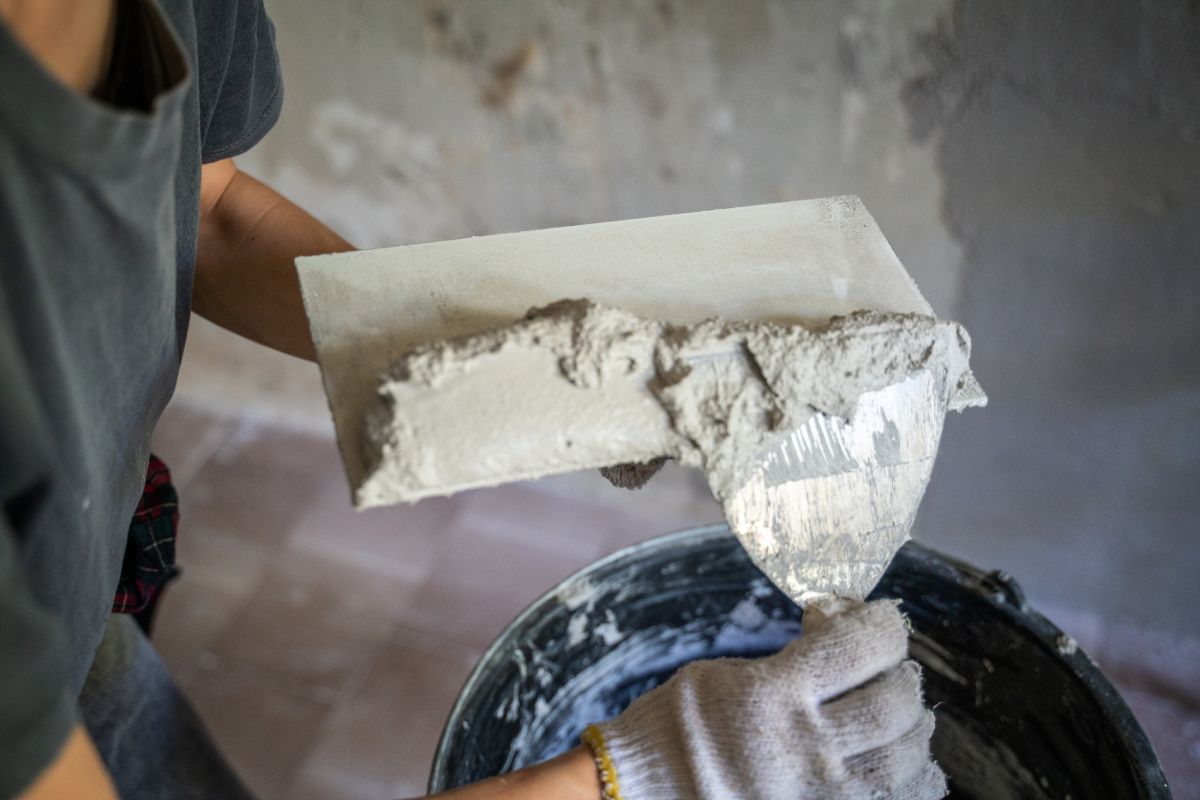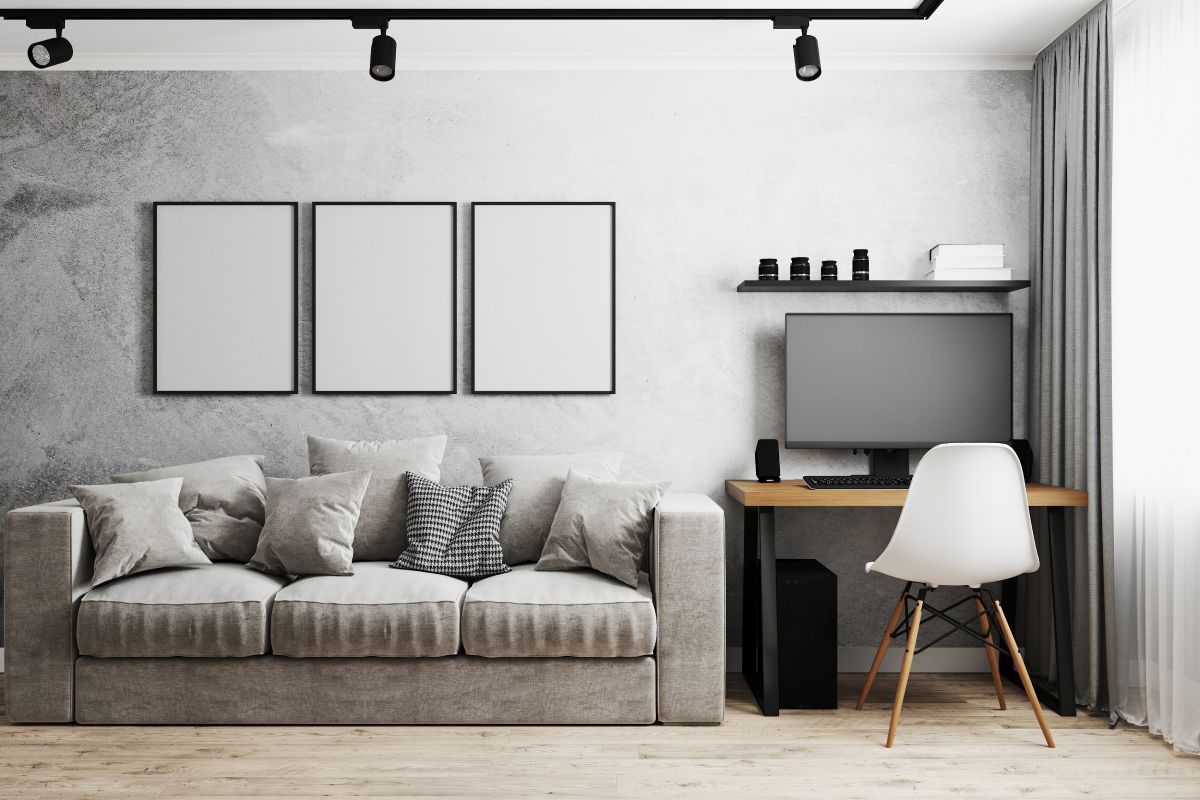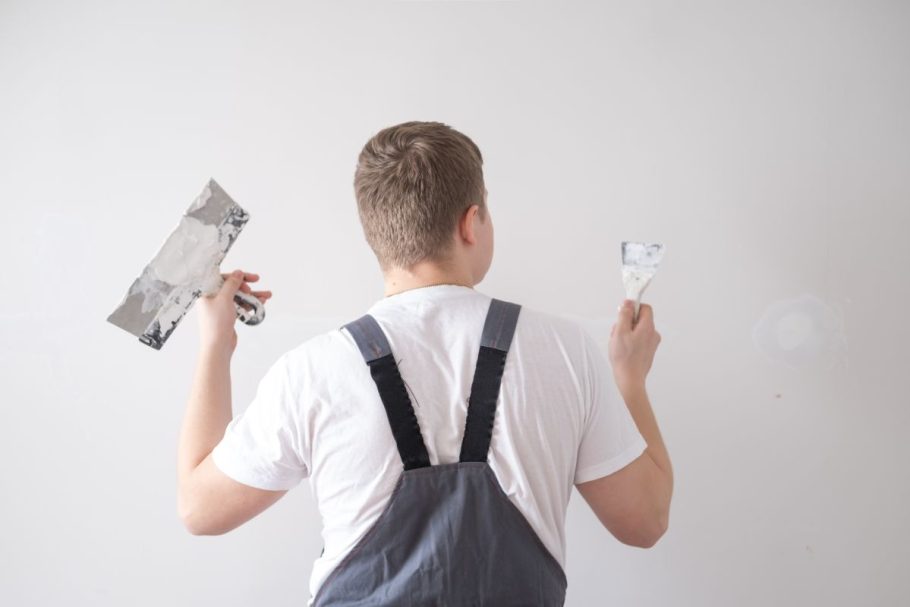When you are redecorating your home or commercial property, it can be tough to know where to begin. There are so many choices to make from colour palettes to fixtures, broad concepts to individual furnishings. One of the key choices to make is the kind of plaster you want on your walls. You cannot paint or do much of anything until this choice is made and the plaster applied.
Here we will take a look at regular plaster versus Venetian plaster to help you find the right choice for your property today…
What is Venetian plaster?
To begin with, it is important to understand what Venetian plaster actually is. Unsurprisingly based on the name, Venetian plaster originated in Venice, Italy, with recorded examples tracing back to ancient times. It can be used as both a protective and decorative coating on walls, ceilings and floors.
It is a putty that is traditionally made from fired limestone and marble dust added to water, and is also known as Italian plaster, polished plaster or marble plaster. Venetian plaster is a popular choice among commercial interior designers and homeowners alike.

What is the difference between regular plaster and Venetian plaster?
Now we know what Venetian plaster actually is, there are several key differences between it and traditional plaster. While Venetian plaster is made from fired limestone, plaster is made using aggregates like cement or sand. This is then mixed with gypsum, lime and other pigments. The addition of aggregates makes regular plaster rougher than the Venetian variety.
Venetian plaster is much smoother due to its lack of aggregates. It is also more decorative than regular plaster, offering a beautiful finish that many people desire for their homes. Its smooth and shiny surface can resemble marble, stone or concrete, and it looks more beautiful than typical plaster in general.
Regular plaster is thicker than Venetian plaster, and it is the more durable choice. If you have a property with well-trafficked areas, this type of plaster can be the safer and better bet. It is easier to paint over in general, provides greater sound reduction and is easier to apply.
It is possible to paint regular plaster to get a decorative finish like Venetian plaster if you use a professional painting company. This can be cheaper and easier than applying Venetian plaster instead of regular plaster in your property.

Venetian plaster, on the other hand, is thinner but quicker to apply and dry. It is therefore a popular choice with many building projects as they don’t have to wait so long for the plaster to dry before moving on to painting and decorating. As you can see, there are several differences between regular and Venetian plaster and each has its pros and cons.
All in all, the choice of which plaster to go for is yours. You have to decide whether you want plaster that is thicker and more durable, or more decorative and beautiful. The kind of property you have and how busy it is will make a difference, as well as your own personal taste.
How long does Venetian plaster last?
Another factor that may help you decide the kind of plaster you wish to go for is how long they typically last. Venetian plaster can last around 20 years on your exteriors and can last far longer on your interiors if taken care of properly. The kind of Venetian plaster you have with the type of marble dust and limestone can make a huge difference in its longevity.
Regular plaster similarly has many factors that can alter its lifespan. Some plaster can last upwards of 100 years. Meanwhile, poorly applied plaster, or plaster that is applied in poor circumstances, can last less than 10 years.
Historically, Venetian plaster was the choice for Italian builders who value longevity and beauty above almost anything else. So why does it tend to have a shorter shelf life today? Well, it is most likely a mixture of less fine raw materials being involved in the process and the issues of the modern age.

Such problems as acid rain and pollution weren’t much of a worry a few hundred years ago, for example, and these can seriously damage any plaster. Let alone thinner and more delicate Venetian plaster. When it gets damaged it may need a touch-up or even a full re-plastering, though with the coloured textures of Venetian plaster, this can end up looking just as, if not more beautiful.
Can you apply Venetian plaster yourself?
It is possible to apply Venetian plaster by yourself, but you should carefully consider if you have the proper skills to do it yourself. It is definitely worth taking the time to watch how-to videos, do your research, and practice on boards or similar before actually attempting to plaster a wall.
Venetian plaster is applied using, of all things, an application trowel. It is then polished using a finishing or burnishing trowel. You will need to carefully prepare your walls, as this thinner plaster will show the textures and flaws of the wall underneath. You should sand down the surface to make it smooth before applying your plaster.
You can then prime your walls before adding a base coat by applying as little plaster as possible while completely covering the surface to avoid any build-ups or issues. You need to apply it in the right direction, avoiding as much cross-coverage as you can, and try not to overwork your plaster.
You need to always let each coat dry fully before applying another one. You want your final finish to be as smooth as possible before sealing it to protect your new plaster. As you can see, a lot goes into applying Venetian plaster and it is even harder to do in reality than it sounds on paper. If you decide that you want this gorgeous look for your home, you should consider leaving the application to the professionals.
Final thoughts
Venetian plaster is different from regular plaster in many ways. It is thinner, goes on differently and dries quicker. It is also known for its stunning marbled look and smooth finish. Regular plaster may be thicker and more durable, but it is also cheaper and well-suited to busy areas. Each plaster has its share of benefits and issues, so think carefully about which is the right choice for you and your property before you start plastering.





